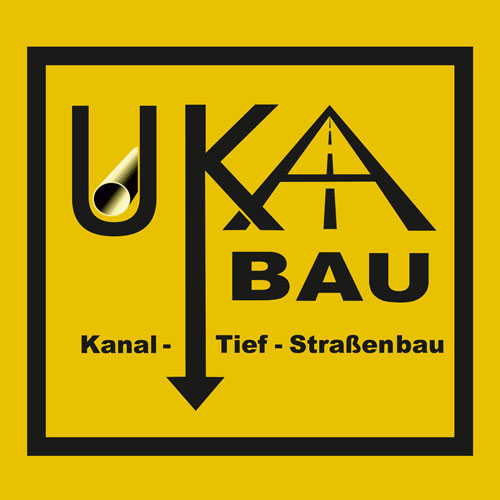I have helped several AEC firms in their efforts to partner up with each other. It is quite easy to imagine the benefits of partnering, but it is quite difficult to actually reap those benefits in real life. Experience has shown that different levels of partnerships have different success factors.
There are three distinctive forms of partnerships between companies based on the goals and the intensity of the partnership: operational, tactical and strategic.
Operational Partnership
An operational partnership is about rationalization and streamlining. An operational partnership saves you costs and frees up your resources.
Your partner provides services or products that they can produce more efficiently than you. The partnership allows you to improve your competitiveness in terms of price or time. You can focus on your strengths in the partnership, which can boost the quality of your offering.
An operational partnership requires a clear agreement on responsibilities and work distribution between the partners. Since the goal is to make the process lean, your partner must pay attention to systematization of their processes, information management and communication.
In construction, operational partnerships are often outsourcing or subcontracting. However, in order to make a real partnership both companies must agree on and commit to common goals.
Tactical Partnership
The driver of tactical partnerships is the will to integrate the processes of the partnering companies in order to become more than the sum of the parts.
In construction, tactical partnerships can be formed, for example, between a contractor, an architect, an engineering firm and a quantity surveyor. Together they can offer, e.g. design-build projects.
Learning together and creating a common culture are competitive advantages in a tactical partnership. Technical communication is important, but as important is real dialogue between partners.
Tactical partnerships reduce rework and through learning make the collaboration efficient. They improve the quality of the processes, which leads to improved profitability of each partner’s business.
Strategic Partnership
The most demanding and possibly most rewarding form of partnerships is strategic. They are based on a shared strategy between companies.
Strategic partnership can create a remarkable competitive edge through product or business model innovation. The partnering companies are able to create something unique that without the tight relationship would not be realizable. One of my clients, for example, has combined their knowledge in software development and construction economics with that of a property service firm and a management consultant. Together they offer a new service for building users, to optimize their space usage for new ways of working.
Strategic partnerships benefit from a networked business environment where companies can share and test ideas openly. When companies connect their knowledge in new ways, the result can be a business innovation that eventually creates new markets or redefines existing ones.
Strategic partners have to work towards the same vision and have shared values. They must communicate openly and expose their knowledge. This, of course, requires deep trust between the partners.
Whatever the form of the partnership it is important to manage it. Partners must decide on the procedures for steering, development, dispute handling, communication and so on. No partnership is strong enough to be left on autopilot.





Comments are closed.